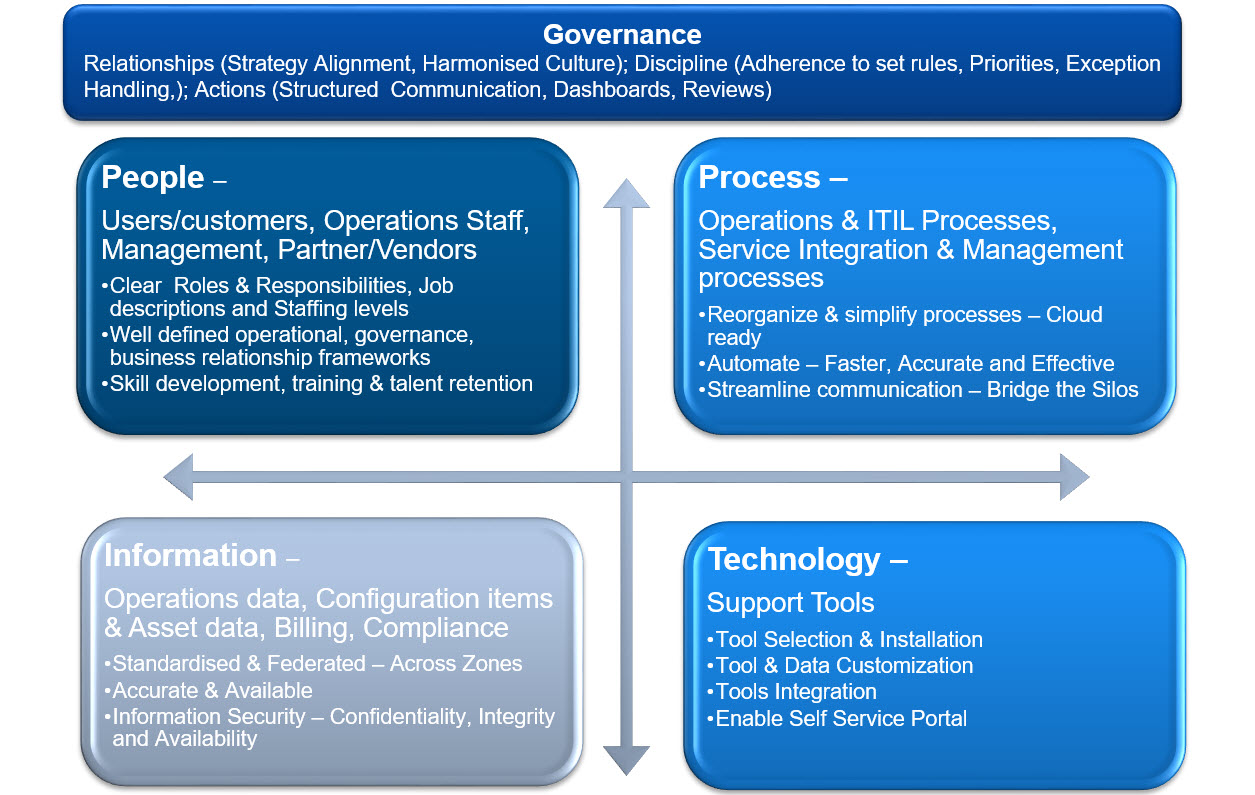Plugging the Gaps in Azure Policy – Part Two
Introduction
Welcome to the second and final part of my blogs on how to plug some gaps in Azure Policy. If you missed part one, this second part isn’t going to be a lot of use without the context from that, so maybe head on back and read part one before you continue.
In part one, I gave an overview of Azure Policy, a basic idea of how it works, what the gap in the product is in terms of resource evaluation, and a high-level view of how we plug that gap.… [Keep reading] “Plugging the Gaps in Azure Policy – Part Two”

